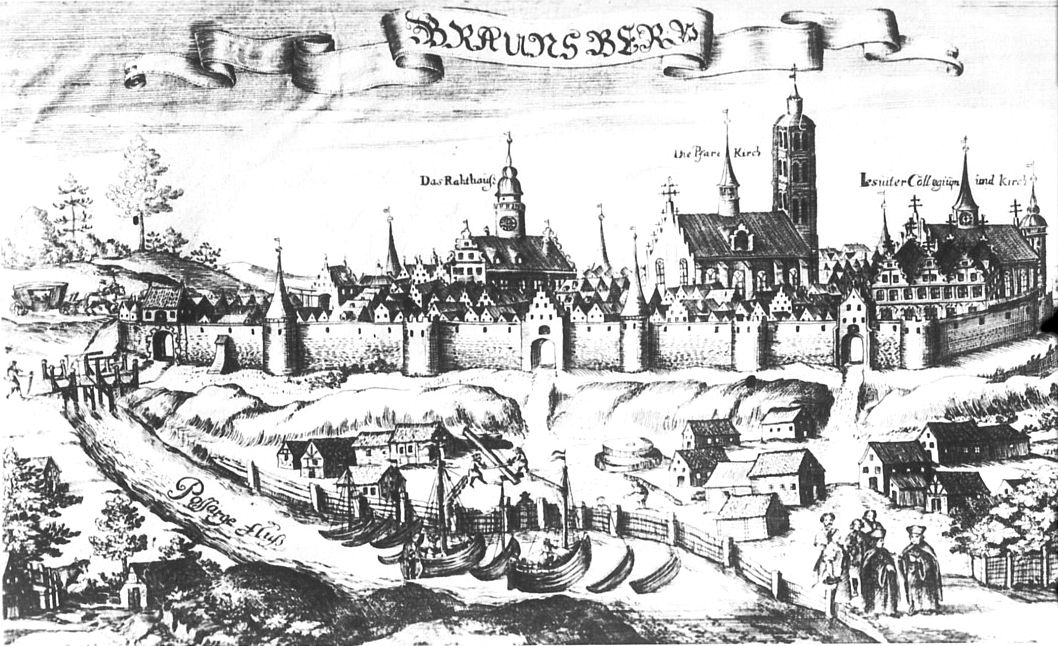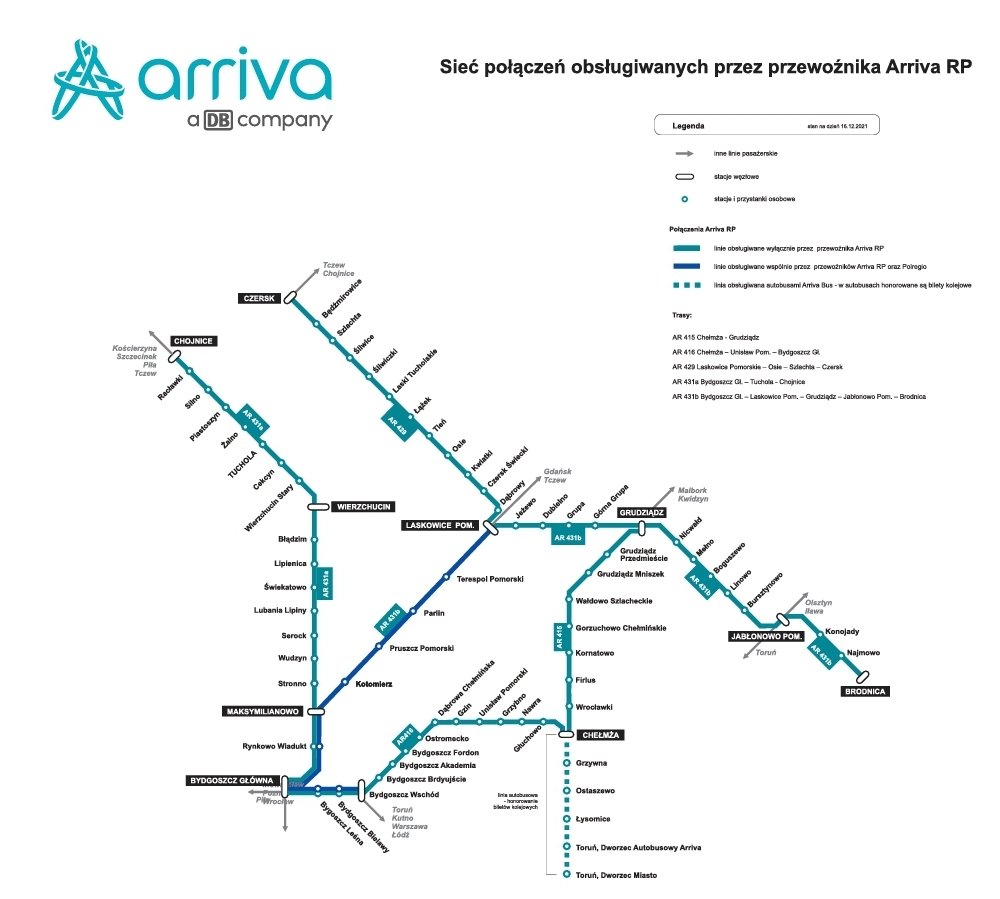|
Kadyny
Kadyny (german: Cadinen) is a village of Gmina Tolkmicko, within Elbląg County, Warmian-Masurian Voivodeship, in northern Poland. Geography It is situated in the Elbląg Upland Landscape Park, a protected area on a terminal moraine stretching along the Vistula Lagoon of the Baltic Coast. The Bażyński Oak in the village is one of the oldest trees in Poland. Kadyny lies approximately south-west of Tolkmicko, north of Elbląg, and north-west of the regional capital Olsztyn. It shares a border with the village of Łęcze to the south. The village has an approximate population of 600. Kadyny Station is a stop on the former Vistula Lagoon railway line (''Kolej Nadzalewowa'') from Elbląg to Braniewo, which is to be re-activated by the private Arriva RP rail carrier. The settlements Kikoły and Ostrogóra are both considered part of Kadyny. History In the 11th-13th century a Baltic Prussian stronghold was located at the Klasztorna Góra ("Monastery Hill"). The ''terra Cadi ... [...More Info...] [...Related Items...] OR: [Wikipedia] [Google] [Baidu] |
Bażyński Oak
The Bażyński Oak is an oak tree and natural monument in Poland. It is one of the oldest trees in Poland, whose age is estimated at around 716 years according to dendrochronological research.Cezary Pacyniak. ''Najstarsze drzewa w Polsce''. PTTK Kraj. 1992. It grows in the town of Kadyny on the Vistula Lagoon.Krzysztof Borkowski, Robert Tomusiak, Paweł Zarzyński. ''Drzewa Polski''. PWN. 2016. The circumference of the tree is 10.03 metres and its height is 21 metres. The crown spread is 14 by 21.5 m. The Bażyński Oak's circumference near the ground is exceptional – around 15 metres.Robert Tomusiak, Paweł Zarzyński. ''90 drzew. Okazy niezwykłe''. Centrum Informacyjne Lasów Państwowych. 2014. It is named after Jan Bażyński (also known as Johannes von Baysen), a former owner of Kadyny and one of the founders of the Prussian Confederation. In 1880 the oak's trunk was 8.64 metres thick and the radius of its crown was 13 metres; at the time its large hollow was fitted with ... [...More Info...] [...Related Items...] OR: [Wikipedia] [Google] [Baidu] |
Ostrogóra
Ostrogóra (german: Scharffenberg) is a settlement part of the village of Kadyny, in the administrative district of Gmina Tolkmicko, within Elbląg County, Warmian-Masurian Voivodeship, in northern Poland. It lies approximately south-west of Tolkmicko, north of Elbląg, and north-west of the regional capital Olsztyn. From 1432 the settlement was owned by Jan Bażyński and was part of an estate centered in Kadyny.''Studium uwarunkowań i kierunków zagospodarowania przestrzennego miasta i gminy Tolkmicko. Uwarunkowania strategii trójochrony krajobrazu'', 2014, p. 10 (in Polish) It was annexed by Prussia in the First Partition of Poland in 1772, and from 1871 to 1945 it also formed part of Germany (within the province of East Prussia), before it was restored to Poland after Nazi Germany's defeat in World War II World War II or the Second World War, often abbreviated as WWII or WW2, was a world war that lasted from 1939 to 1945. It involved the vast majority of ... [...More Info...] [...Related Items...] OR: [Wikipedia] [Google] [Baidu] |
Kikoty
Kikoły is a settlement part of the village of Kadyny, in the administrative district of Gmina Tolkmicko, within Elbląg County, Warmian-Masurian Voivodeship, in northern Poland. It lies approximately south-west of Tolkmicko, north of Elbląg, and north-west of the regional capital Olsztyn. (Kikoły, not Kikoty). A watermill was erected in the settlement in 1347, it was repeatedly destroyed and rebuilt throughout history, and Kikoły developed into a land estate in the 18th century.''Studium uwarunkowań i kierunków zagospodarowania przestrzennego miasta i gminy Tolkmicko. Uwarunkowania strategii trójochrony krajobrazu'', 2014, p. 64 (in Polish) After the First Partition of Poland in 1772 the settlement was annexed by Prussia, and the mill and estate were nationalized by the Prussians. From 1871 to 1945 it formed part of Germany (within the province of East Prussia), before it became part of Poland again after Nazi Germany's defeat in World War II World War I ... [...More Info...] [...Related Items...] OR: [Wikipedia] [Google] [Baidu] |
Elbląg Upland Landscape Park
Elbląg Upland Landscape Park (''Park Krajobrazowy Wysoczyzny Elbląskiej'') is a protected area ( Landscape Park) in northern Poland, established in 1985, covering an area of . The Park lies within Warmian-Masurian Voivodeship: in Braniewo County ( Gmina Frombork) and Elbląg County ( Gmina Elbląg, Gmina Milejewo, Gmina Tolkmicko). Within the Landscape Park are five nature reserve A nature reserve (also known as a wildlife refuge, wildlife sanctuary, biosphere reserve or bioreserve, natural or nature preserve, or nature conservation area) is a protected area of importance for flora, fauna, or features of geological or ...s. Despite its location at the opposite end of Poland, it has the features of a mountain area, as evidenced by the vegetation - mountain rib, ostrich plume and gold-headed lily. The fauna is represented by red deer, dormouse, raccoon dog, white-tailed eagle, honey buzzard, crane, lesser spotted eagle and other more common species. The highest point i ... [...More Info...] [...Related Items...] OR: [Wikipedia] [Google] [Baidu] |
Gmina Tolkmicko
__NOTOC__ Gmina Tolkmicko is an urban-rural gmina (administrative district) in Elbląg County, Warmian-Masurian Voivodeship, in northern Poland. Its seat is the town of Tolkmicko, which lies approximately north of Elbląg and north-west of the regional capital Olsztyn. The gmina covers an area of , and as of 2006 its total population is 6,670 (out of which the population of Tolkmicko amounts to 2,731, and the population of the rural part of the gmina is 3,939). The gmina contains part of the protected area called Elbląg Upland Landscape Park. Villages Apart from the town of Tolkmicko, Gmina Tolkmicko contains the villages and settlements of Biała Leśniczówka, Bogdaniec, Brzezina, Chojnowo, Janówek, Kadyny, Kamienica Elbląska, Kamionek Wielki, Kikoły, Łęcze, Nadbrzeże, Nowinka, Ostrogóra, Pagórki, Pęklewo, Pogrodzie, Połoniny, Przybyłowo, Przylesie, Rangóry, Suchacz, Święty Kamień, Wodynia and Wysoki Bór. Neighbouring gminas Gmina T ... [...More Info...] [...Related Items...] OR: [Wikipedia] [Google] [Baidu] |
Elbląg
Elbląg (; german: Elbing, Old Prussian: ''Elbings'') is a city in the Warmian-Masurian Voivodeship, Poland, located in the eastern edge of the Żuławy region with 117,390 inhabitants, as of December 2021. It is the capital of Elbląg County. Elbląg is one of the oldest cities in the province. Its history dates back to 1237, when the Teutonic Order constructed their fortified stronghold on the banks of a nearby river. The castle subsequently served as the official seat of the Teutonic Order Masters. Elbląg became part of the Hanseatic League, which contributed much to the city's wealth. Through the Hanseatic League, Hansa agreement, the city was linked to other major ports like Gdańsk, Lübeck and Amsterdam. Elbląg joined Poland in 1454 and after the defeat of the Teutonic Knights in the Thirteen Years’ War (1454–1466), Thirteen Years’ War was recognized as part of Poland in the Second Peace of Thorn in 1466. It then flourished and turned into a significant trading po ... [...More Info...] [...Related Items...] OR: [Wikipedia] [Google] [Baidu] |
Olsztyn
Olsztyn ( , ; german: Allenstein ; Old Prussian: ''Alnāsteini'' * Latin: ''Allenstenium'', ''Holstin'') is a city on the Łyna River in northern Poland. It is the capital of the Warmian-Masurian Voivodeship, and is a city with county rights. The population of the city was estimated at 169,793 residents in 2021. Olsztyn is the largest city in Warmia, and has been the capital of the voivodeship since 1999. In the same year, the University of Warmia and Masuria was founded from the fusion of three other local universities. Today, the Castle of Warmian Cathedral Chapter houses a museum and is a venue for concerts, art exhibitions, film shows and other cultural events, which make Olsztyn a popular tourist destination. The city is the seat of the Archbishop of the Roman Catholic Archdiocese of Warmia The most important sights of the city include the medieval Old Town and the St. James Pro-cathedral (former St. James Parish Church), which dates back more than 600 years. The ma ... [...More Info...] [...Related Items...] OR: [Wikipedia] [Google] [Baidu] |
Łęcze
Łęcze (german: Lenzen) is a village in the administrative district of Gmina Tolkmicko, within Elbląg County, Warmian-Masurian Voivodeship, in northern Poland. It lies approximately south-west of Tolkmicko, north of Elbląg, and north-west of the regional capital Olsztyn Olsztyn ( , ; german: Allenstein ; Old Prussian: ''Alnāsteini'' * Latin: ''Allenstenium'', ''Holstin'') is a city on the Łyna River in northern Poland. It is the capital of the Warmian-Masurian Voivodeship, and is a city with county rights. .... The village has a population of 730. References Villages in Elbląg County {{Elbląg-geo-stub ... [...More Info...] [...Related Items...] OR: [Wikipedia] [Google] [Baidu] |
Braniewo
Braniewo () (german: Braunsberg in Ostpreußen, la, Brunsberga, Old Prussian: ''Brus'', lt, Prūsa), is a town in northern Poland, in Warmia, in the Warmian-Masurian Voivodeship, with a population of 16,907 as of June 2021. It is the capital of Braniewo County. Braniewo is the second biggest city of Warmia after Olsztyn and one of the historical centers of the region. Location Braniewo lies on the Pasłęka River about 5 km from the Vistula Lagoon, about 35 km northeast of Elbląg and southwest of Kaliningrad ( pl, Królewiec). The Polish border with Russia's Kaliningrad Oblast lies 6 km north, and may be reached from Braniewo via National road 54. History Middle Ages According to the German geographer Johann Friedrich Goldbeck (1748-1812), the town originally was named Brunsberg after Bruno von Schauenburg (1205–1281), bishop of Olomouc in Moravia, who accompanied King Ottokar II of Bohemia in 1254 and 1267 when the latter participated in the crusade of ... [...More Info...] [...Related Items...] OR: [Wikipedia] [Google] [Baidu] |
Countries Of The World
The following is a list providing an overview of sovereign states around the world with information on their status and recognition of their sovereignty. The 206 listed states can be divided into three categories based on membership within the United Nations System: 193 member states of the United Nations, UN member states, 2 United Nations General Assembly observers#Present non-member observers, UN General Assembly non-member observer states, and 11 other states. The ''sovereignty dispute'' column indicates states having undisputed sovereignty (188 states, of which there are 187 UN member states and 1 UN General Assembly non-member observer state), states having disputed sovereignty (16 states, of which there are 6 UN member states, 1 UN General Assembly non-member observer state, and 9 de facto states), and states having a political status of the Cook Islands and Niue, special political status (2 states, both in associated state, free association with New Zealand). Compi ... [...More Info...] [...Related Items...] OR: [Wikipedia] [Google] [Baidu] |
Arriva RP
Arriva Poland Sp. z o. o. is a Polish private rail carrier providing services in the Kuyavian-Pomeranian Voivodeship, Kuyavian-Pomeranian, Masovian Voivodeship, Masovian, Pomeranian Voivodeship, Pomeranian and Warmian-Masurian Voivodeship, Warmian-Masurian voivodships. It is a subsidiary of Arriva. History The company was founded in 2006 as Arriva PCC, as a 50/50 joint venture between Arriva and DB Cargo Polska, PCC Rail. In December 2007, Arriva PCC commenced a contract to operate all non-electrified passenger lines in the Kuyavian-Pomeranian Voivodeship. In June 2009, PCC Rail's share was included in its sale to Deutsche Bahn. In June 2010 Arriva bought Deutsche Bahn's shareholding and renamed the business Arriva RP. In December 2010 Arriva RP won a 10-year extension to its Kuyavian-Pomeranian Voivodeship contract. In December 2013 Arriva RP commenced operating trains on four electrified lines in the Kuyavian-Pomeranian Voivodeship for two years with 12 existing trains. In Sep ... [...More Info...] [...Related Items...] OR: [Wikipedia] [Google] [Baidu] |



